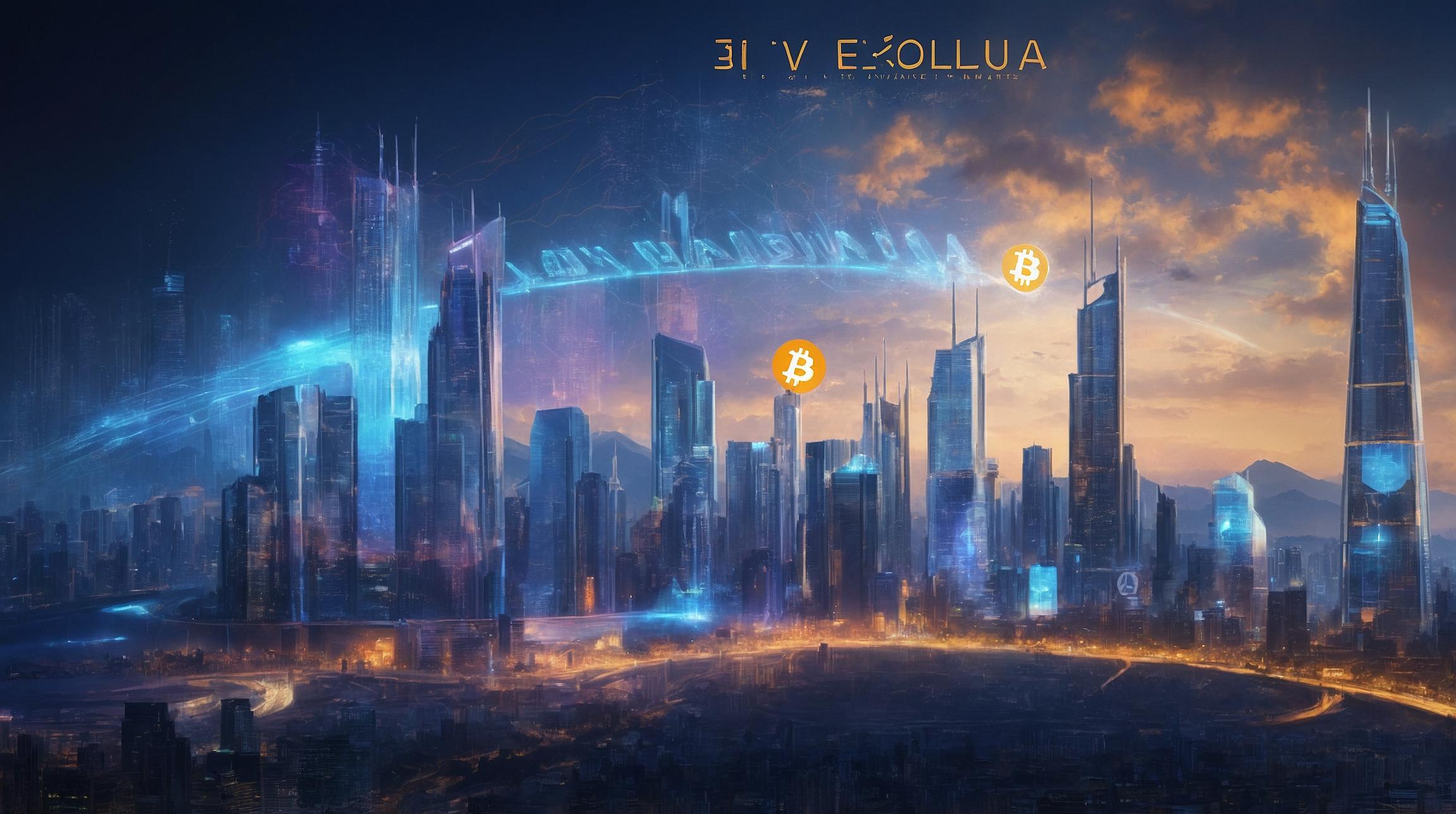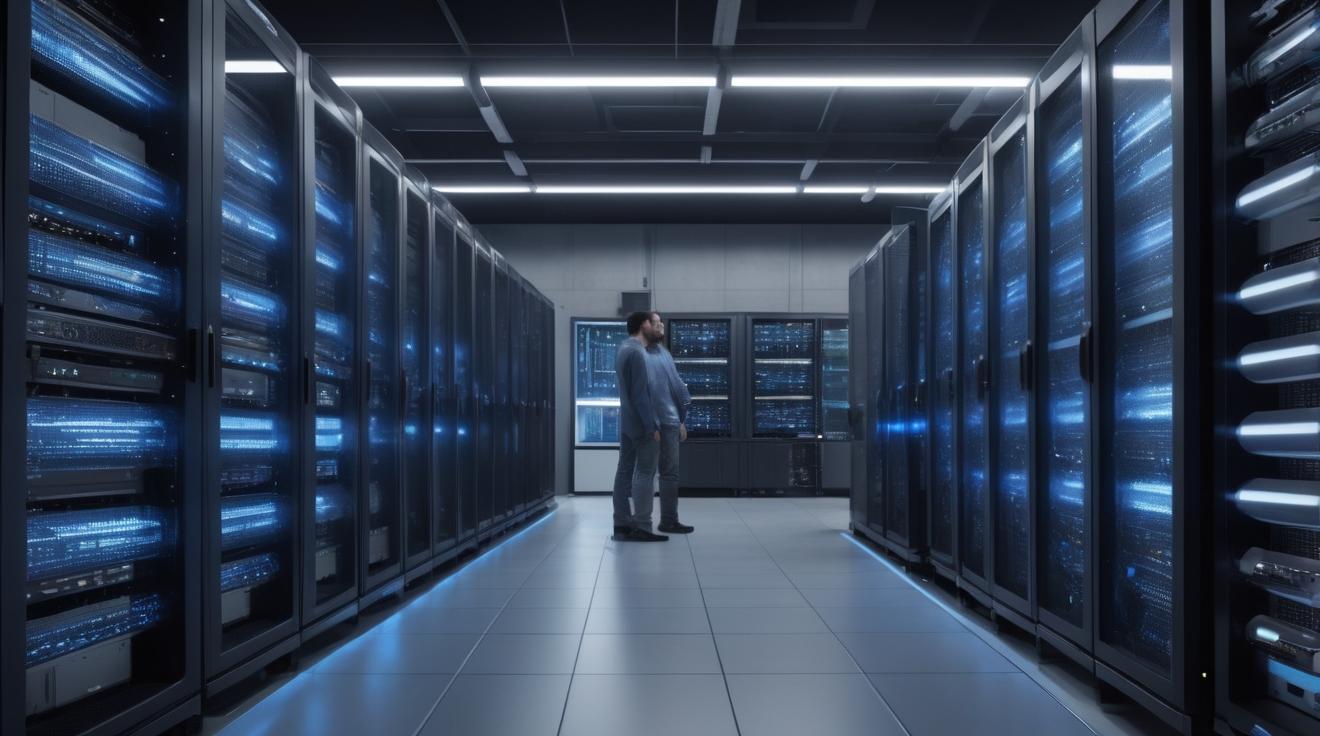DeFi and AI Integration Demands New Security Paradigms
Decentralized finance (DeFi) has continually evolved, introducing innovations from decentralized exchanges to lending protocols and stablecoins. The latest frontier is DeFAI—DeFi enhanced by artificial intelligence—where autonomous AI agents execute trades, manage risks, and participate in governance based on extensive data analysis.
While DeFAI promises increased efficiency, it also introduces complex security challenges. Unlike traditional smart contracts that execute predefined logic transparently, AI agents operate probabilistically, adapting to evolving data and contexts. This dynamic decision-making, while innovative, creates vulnerabilities that are difficult to predict and audit.
AI Agents Extend Beyond Traditional Smart Contracts
Traditional blockchain smart contracts follow clear, deterministic rules, enabling straightforward verification and auditing. In contrast, DeFAI agents interpret signals and adjust behaviors based on prior inputs, making their internal processes opaque and less predictable. Early AI-powered trading bots demonstrate this shift, but many rely on centralized Web2 infrastructures, reintroducing central points of failure into ostensibly decentralized systems.
Emerging Attack Vectors in DeFAI
The integration of AI within DeFi opens new attack surfaces. Malicious actors can exploit AI agents through methods such as data poisoning, adversarial inputs, or model manipulation. For example, tampering with an AI agent designed to identify arbitrage opportunities could cause it to execute unprofitable trades or drain liquidity pools.
Moreover, since many AI models function as black boxes, even developers often lack full transparency into their decision-making processes. This opacity runs counter to Web3’s foundational principles of transparency and verifiability.
Shared Responsibility for Security
Despite concerns, halting DeFAI development is unlikely. Instead, the industry must evolve its security frameworks to address these novel risks. Establishing standard security protocols involving thorough code audits, scenario simulations, and red-team exercises can help identify vulnerabilities before they are exploited.
Transparency is critical; open-source AI models or comprehensive documentation should become standard to allow scrutiny by developers and users alike. Verifying AI agents’ objectives and ensuring alignment with both short-term and long-term protocol goals are also essential to maintaining trust in decentralized systems.
Advancing Toward Secure and Transparent AI in DeFi
Cross-disciplinary approaches offer promising solutions. Techniques such as zero-knowledge proofs could validate AI actions without exposing sensitive data, while onchain attestation frameworks might trace decision origins. Additionally, AI-powered audit tools could augment human review processes to comprehensively assess AI agents.
Currently, the industry is still developing these capabilities. Until such technologies mature, rigorous auditing, transparency, and stress testing remain the best defenses. Users should prioritize DeFAI protocols that adopt these principles to mitigate risks.
Conclusion: Securing the Future of DeFAI
DeFAI is not inherently unsafe but represents a departure from traditional Web3 infrastructure. Rapid adoption risks outpacing security measures, potentially leading to failures that undermine decentralization’s benefits. As AI agents increasingly manage assets and governance, every line of AI code must be treated with the same scrutiny as smart contracts.
To ensure DeFAI’s safe integration, security and transparency must be foundational elements of its design. Without these safeguards, the very vulnerabilities DeFi sought to eliminate may resurface.
Opinion by Jason Jiang, Chief Business Officer of CertiK.
This article is for informational purposes only and does not constitute legal or investment advice. The views expressed are those of the author and do not necessarily reflect those of Cointelegraph.
FinOracleAI — Market View
The integration of AI into DeFi introduces significant innovation but also new and complex security risks. In the short term, this development is likely to generate cautious investor sentiment as the industry works to establish robust security standards and transparency protocols. The potential for exploits due to opaque AI decision-making processes poses a risk that could impact market confidence if not adequately addressed.
Investors and users should monitor advancements in AI auditing tools, cryptographic verification methods, and transparency initiatives within DeFAI projects. Adoption momentum will depend heavily on the sector’s ability to mitigate these vulnerabilities effectively.
Impact: neutral













